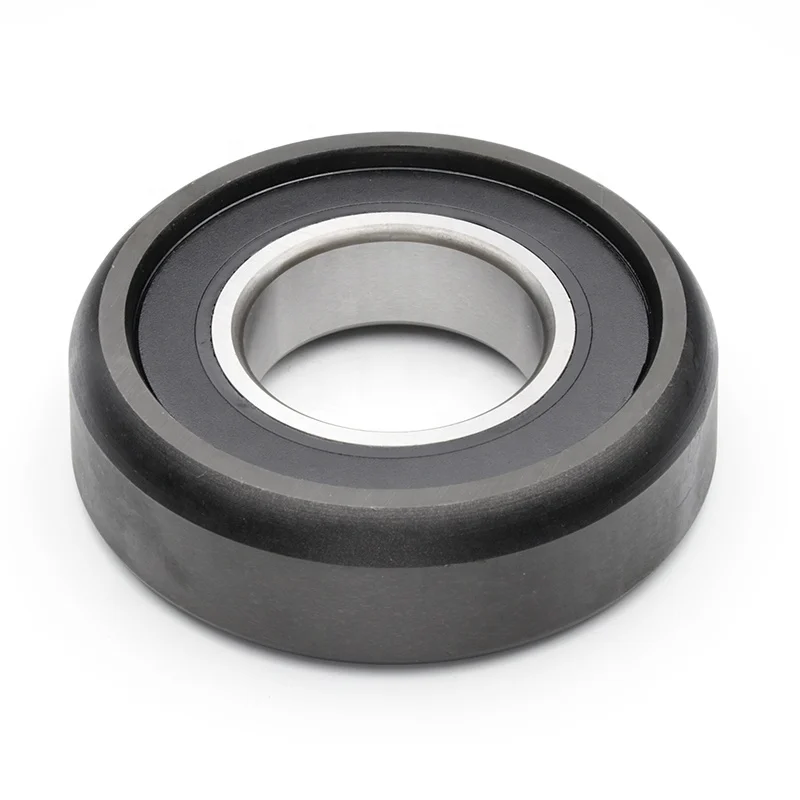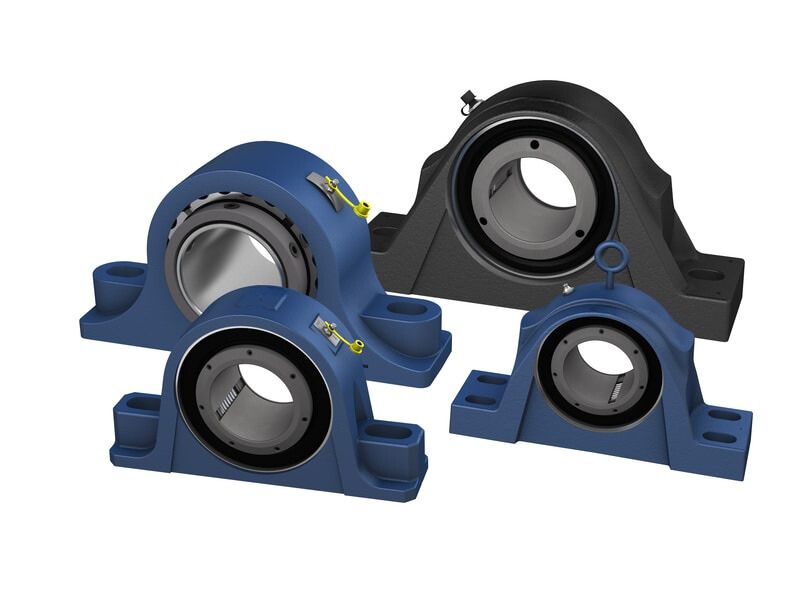Table of Contents
Categories
-
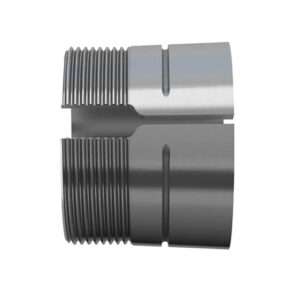
Adapter Sleeves (9)
-
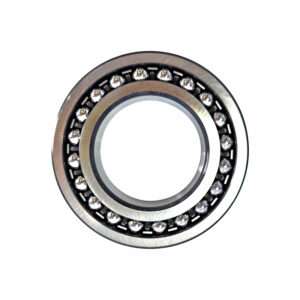
Ball Bearings (11)
-
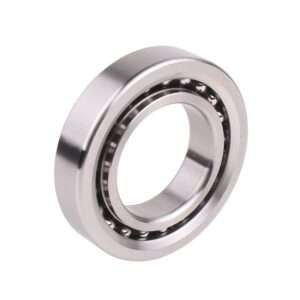
Ball Screw Bearings (2)
-
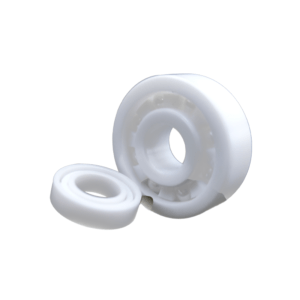
Ceramic Bearings (27)
-
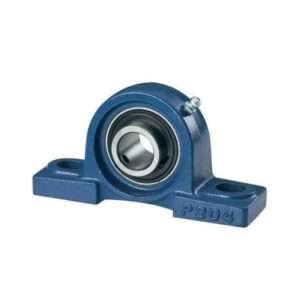
Pillow Block Bearings (4)
-
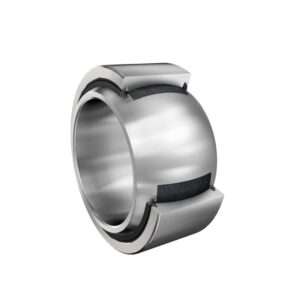
Plain Bearings (32)
-
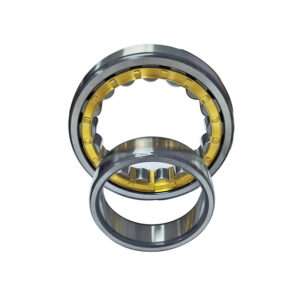
Roller Bearings (12)
-
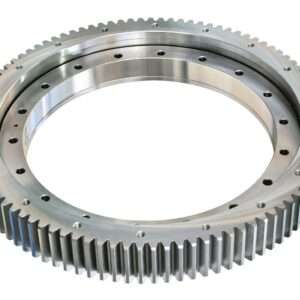
Slewing Bearings (43)
-
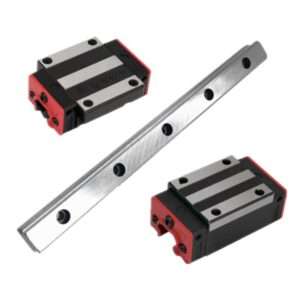
Sliding Block (3)
-
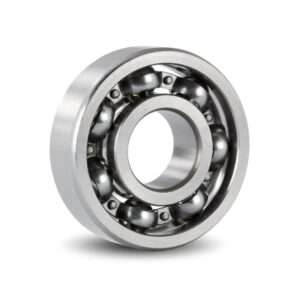
Stainless Steel Bearings (27)
-
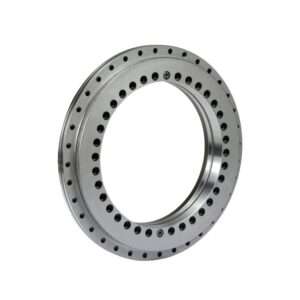
Super Precision Bearings (6)
-
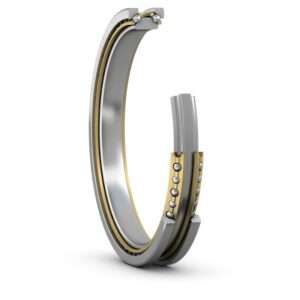
Thin Section Bearings (9)
-
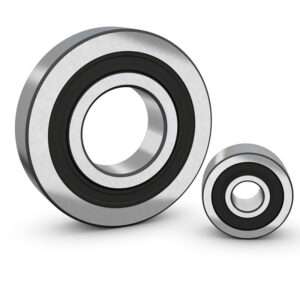
Track Rollers (4)
-
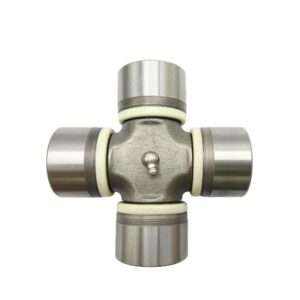
Universal Joints (1)
Pillow Block Bearing Installation Guide
Introducing The Structure Of Pillow Block Bearing
Pillow block bearing is a mechanical component mainly composed of two key parts: bearing seat and bearing unit. Bearing seat, the basic structure responsible for supporting and fixing the bearing; includes a base to facilitate installation on the equipment.
Bearing unit, an assembly that integrates bearings and housings; provides support for shafts and allows relative movement.
Pillow block bearing are a type of bearing that is used to support a rotating shaft. They are typically made of a cast iron housing with a steel or bronze bearing race. The bearing race is machined to fit the shaft and is lubricated with grease or oil. Pillow block bearing are available in a variety of sizes and styles to accommodate different applications.
Pillow block bearing can be installed in a variety of ways, depending on the application. The following are the general steps involved in installing a pillow block bearing:
- Select the correct bearing size and style. The bearing size must be compatible with the shaft diameter and the application requirements. The bearing style must also be compatible with the mounting surface.
- Clean the mounting surface. The mounting surface must be clean and free of debris to ensure a proper fit.
- Apply a sealant to the bearing housing. A sealant can help to prevent leaks and corrosion.
- Install the bearing housing. The bearing housing can be installed using bolts, nuts, or screws.
- Install the bearing race. The bearing race can be installed using a press or by hand.
- Install the shaft. The shaft can be installed by sliding it into the bearing race.
- Lubricate the bearing. The bearing should be lubricated with grease or oil to reduce friction and wear.
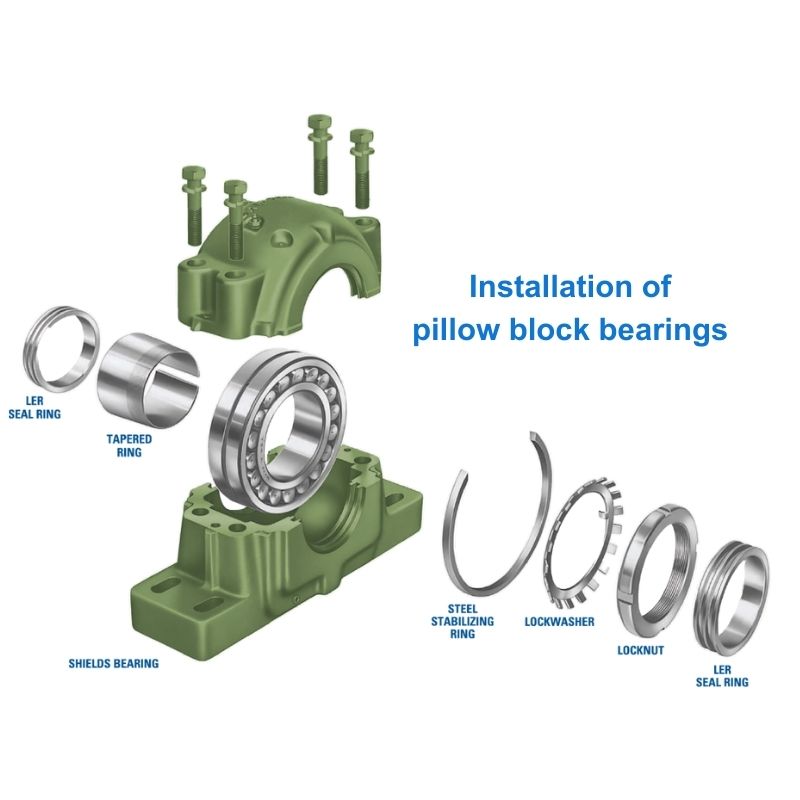
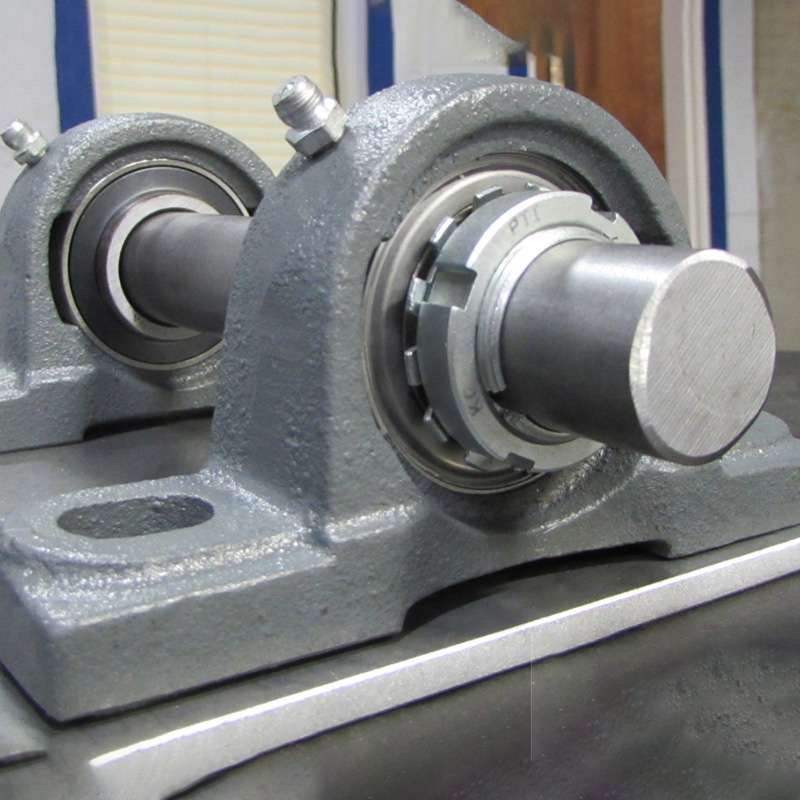
Troubleshooting Of Pillow Block Bearing Installation
If a pillow block bearing is not installed correctly, it can cause a number of problems, including:
- Excessive vibration
- Bearing noise
- Shaft misalignment
- Bearing failure
If you experience any of these problems, it is important to troubleshoot the issue to determine the cause. The following are some common causes of pillow block bearing problems:
- Improper installation: The bearing may not be installed correctly, which can cause excessive vibration, noise, and shaft misalignment.
- Insufficient lubrication: The bearing may not be lubricated properly, which can lead to bearing failure.
- Contamination: The bearing may be contaminated with dirt, dust, or other debris, which can cause wear and tear.
- Overloading: The bearing may be overloaded, which can cause premature wear and failure.
Related Information About Pillow Block Bearing
Pillow block bearing are an essential component of many mechanical systems. They provide support for rotating shafts and help to reduce friction and wear. By following the steps outlined in this article, you can ensure that your pillow block bearings are installed correctly and will perform reliably for many years to come.
Here are some additional details about pillow block bearings that you may find helpful:
- The type of bearing race used in a pillow block bearing can affect its performance. Steel bearing races are more durable than bronze bearing races, but they are also more expensive. Bronze bearing races are less durable than steel bearing races, but they are also less expensive.
- The size of the pillow block bearing is determined by the diameter of the shaft and the width of the bearing housing. The larger the bearing, the more load it can support.
- The style of the pillow block bearing is determined by the number of mounting holes and the type of mounting surface. Pillow block bearings with four mounting holes are the most common type. Pillow block bearings with two mounting holes are less common. Pillow block bearings with one mounting hole are the least common type.
- Pillow block bearing can be installed in a variety of ways, depending on the application. The most common method is to use bolts, nuts, or screws to attach the bearing housing to the mounting surface.
- Pillow block bearing should be lubricated regularly to prevent wear and tear. The type of lubricant used will depend on the application.
- Pillow block bearing can fail for a variety of reasons, including improper installation, insufficient lubrication, contamination, and overloading.
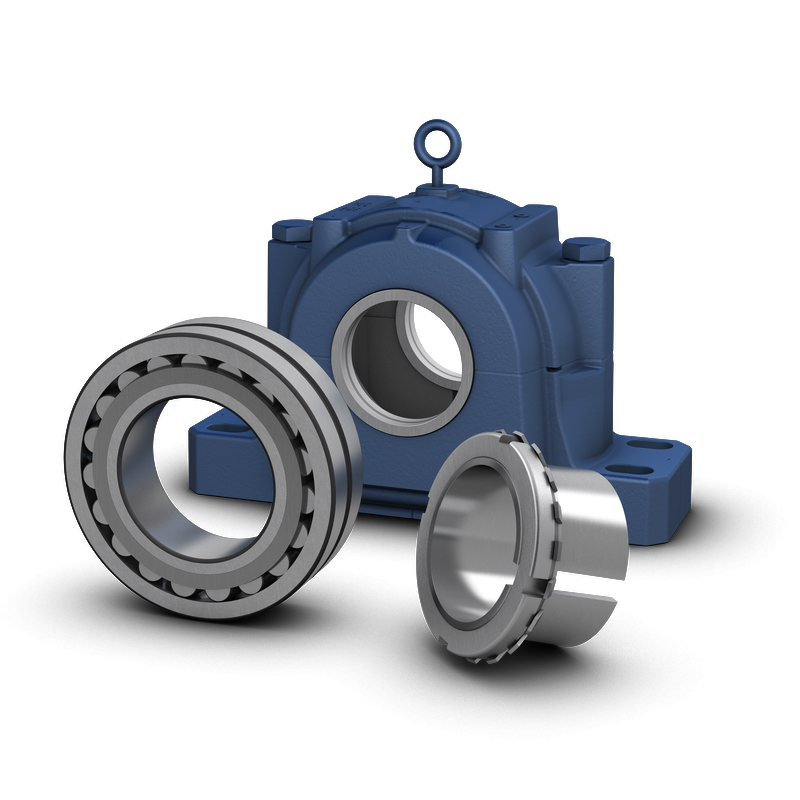
Conclusion:
Pillow block bearing are an important part of many mechanical systems. They provide a smooth, low-friction surface for rotating shafts, and they help to reduce wear and tear on the shaft and bearing. Proper installation of pillow block bearing is essential to ensure that they perform effectively and last for many years.
When installing pillow block bearing, it is important to follow the manufacturer’s instructions carefully. The following are some general tips for installing pillow block bearing:
- Make sure that the shaft is clean and free of burrs.
- Apply a thin coat of grease to the bearing surfaces.
- Align the bearing housing with the shaft.
- Tighten the bearing cap bolts evenly and to the correct torque.
Proper installation of pillow block bearing is critical to ensuring the long-term reliability and performance of your equipment. Bearing life and performance can be maximized through careful selection, preparation and execution of installation procedures.
References
- 1. Something about “pillow block bearing Installation” from SKF ;
- 2.Some information on ”pillow block bearing“ selection from GlobalSpec ;
Related Posts
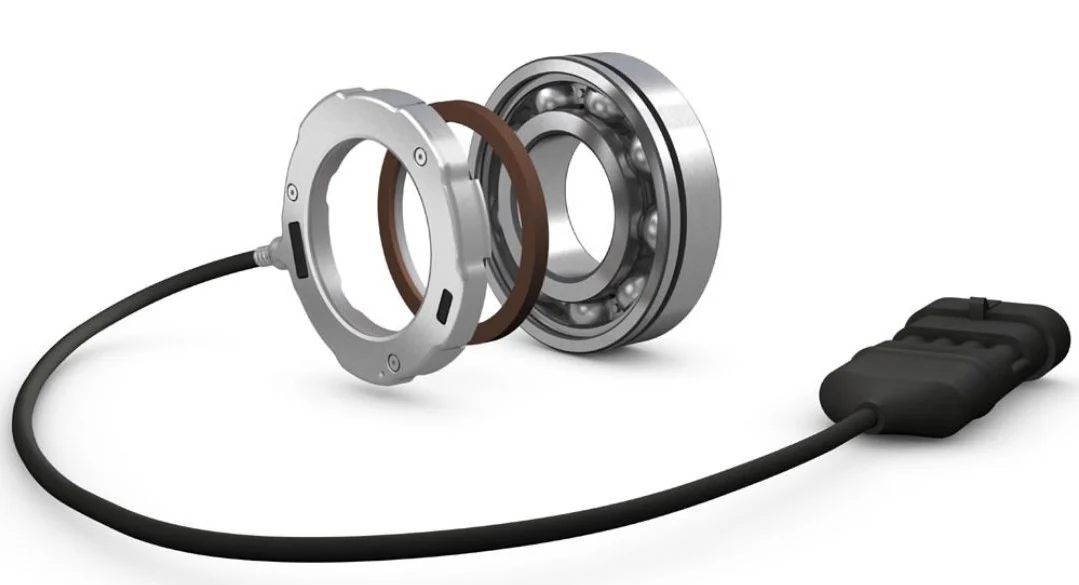
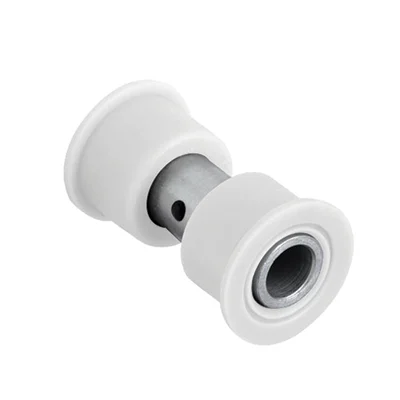
Delrin Bearings: Lubrication-Free Long Life
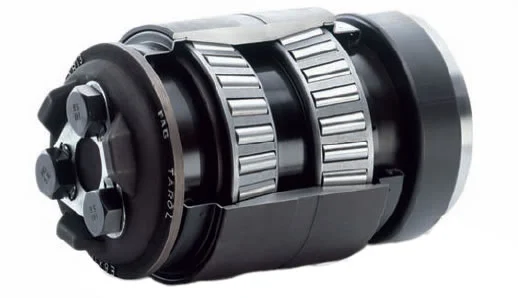
Locomotive Bearing Specs That Matter Most
